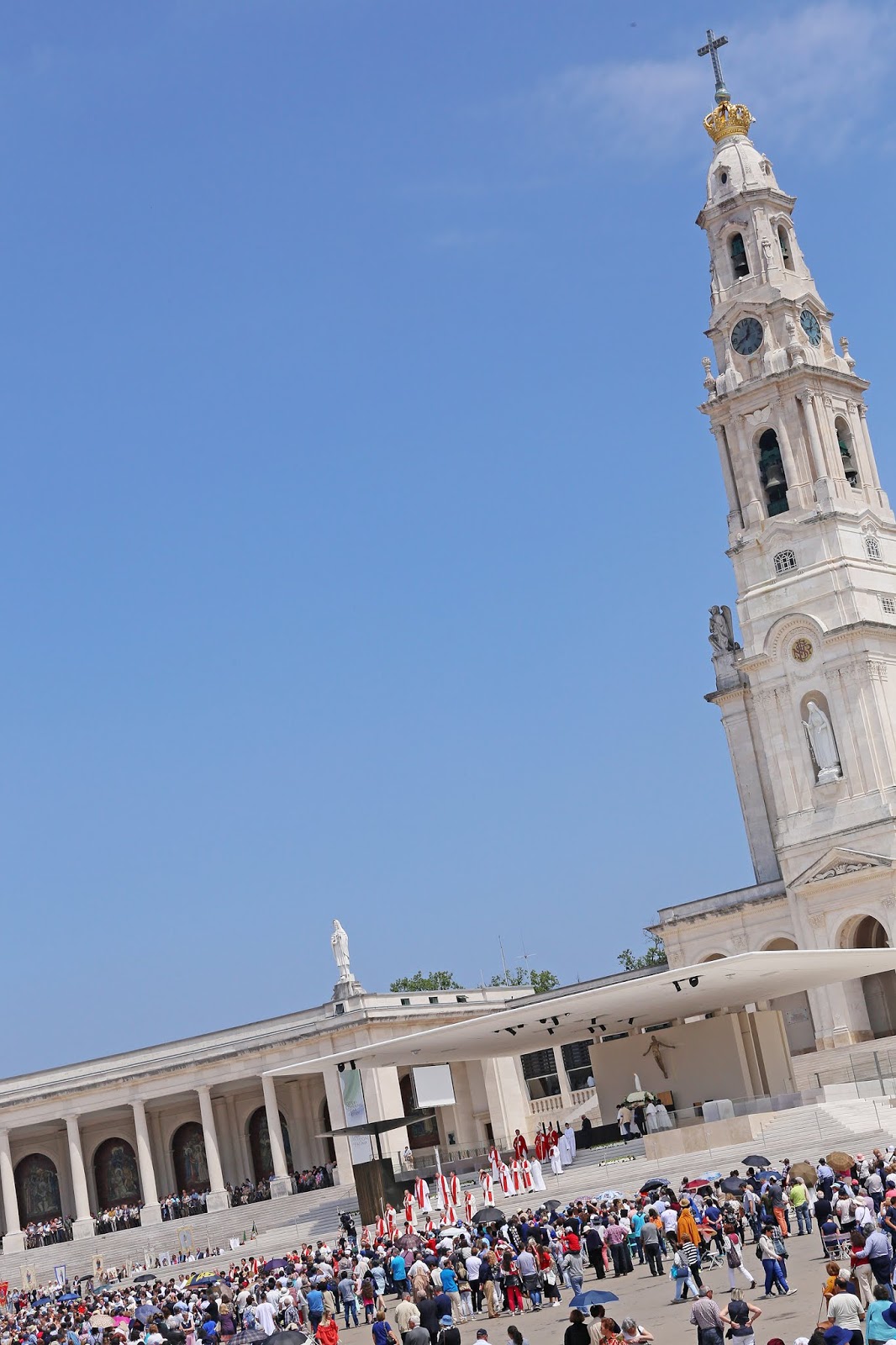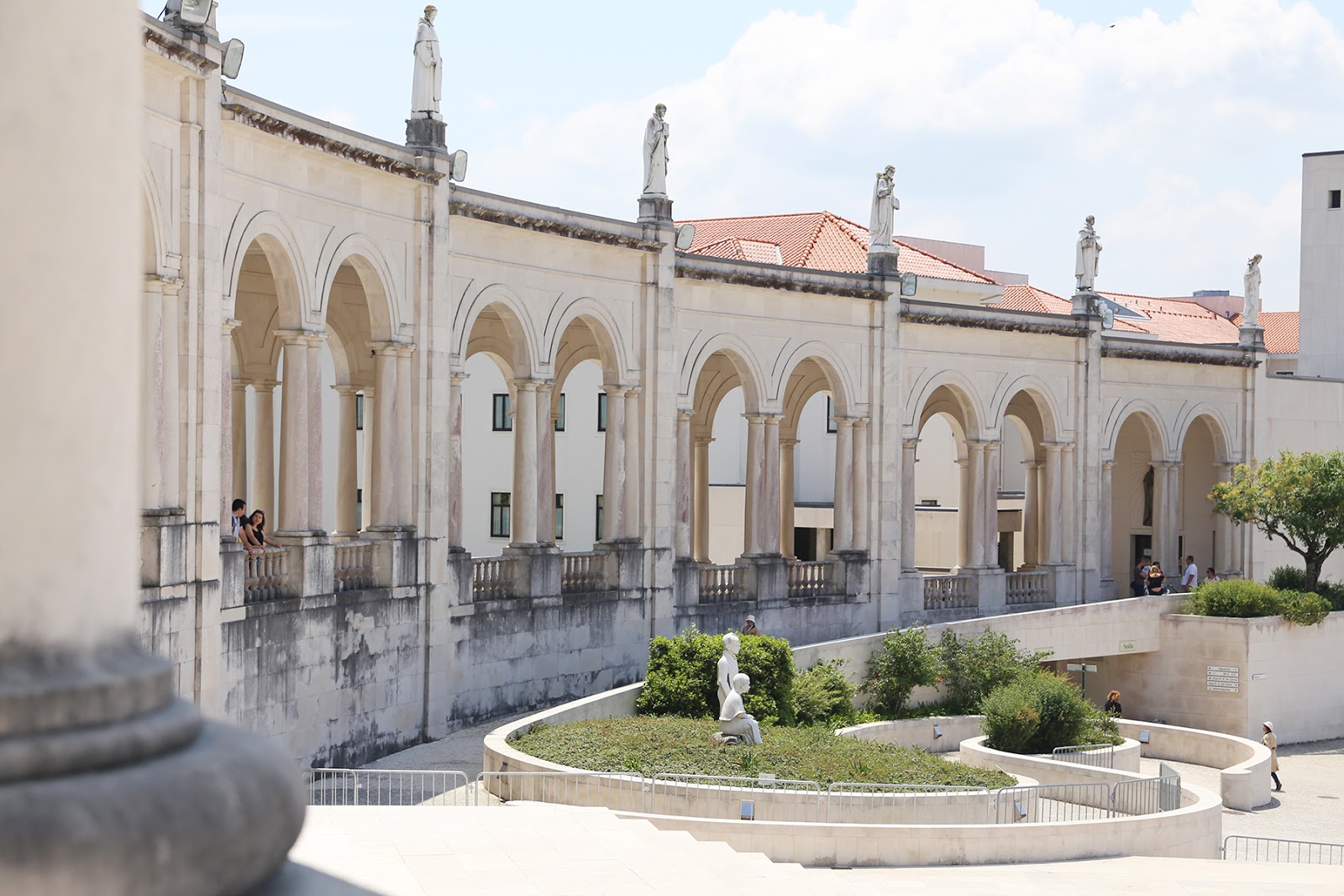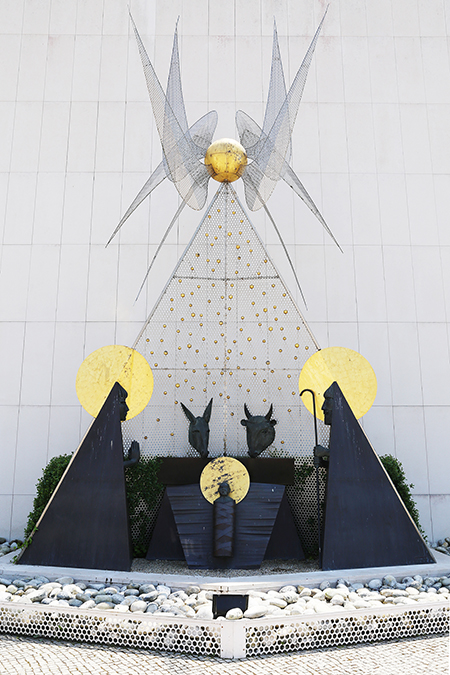In the Footsteps of the Faithful: Following the Pilgims to Fatima, Portugal's Holiest City
Now, let me preface this with the disclaimer that I am neither here nor there on religion, that is, I’m not quite a heretic destined for eternal damnation nor am I meek enough to inherit the earth; but rather one of the “fence-sitters” of the religious world - an agnostic. I’m not foolish enough to believe only what I can see with my own eyes yet I also possess a healthy dose of skepticism - the latter of which I believe to be my form of self-preservation, because, well, you can’t be disappointed or let down by something you didn’t truly believe in, can you?
But whatever my fluctuating position on faith, religion, and divinity, what I witnessed in Fatima, Portugal; was nothing short of a modern day miracle.
Imagine, if you can, a vast, barren limestone glade - itself a no man’s land in a sleepy agricultural town in early 20th century Portugal - practically sparse but for a few sheep grazing on the sporadic, meagre greens that can grow in such hostile conditions. Then on the fateful day of 13 May 1917, the Virgin Mary was said to have first appeared to three awestruck shepherd children; Lucia dos Santos and her two younger cousins, Francisco and Jacinta. Between May and October of 1917, the three children witnessed several apparitions - which became known as the Apparitions of Our Lady of the Rosary. The last one, on October 13th, was confirmed by a miracle witnessed by 60,000 people known in the Catholic world as “the day the sun danced”.
Practically overnight, the once-insignificant town of Fátima skyrocketed to international renown. Now, a once-empty rocky outpost in the middle of nowhere is a kilometre-long esplanade with 2 basilicas on opposite ends - the enormous Basílica de Nossa Senhora do Rosário de Fátima and Basílica da Santíssima Trindade. A quiet town that was once a layover is now a wildly popular religion-based tourist destination; packed with shops, boarding houses, and restaurants for the pilgrim masses. And what masses. Every year, as many as 6 million people - many of whom consider this a journey of a lifetime - flock to this former limestone glade which is now Santuário de Fátima. Even Pope Francis visited, last year in 2017, for the centennial of the miracle, where he canonized two of the children who saw the apparitions (the beatification of the 3rd child is on the way) as Catholic saints.
I made a day trip from Lisbon to Fatima on the second Sunday of the “pilgrimage season” - May to October every year, with the major events happening on the 13th of each month. The short walk from the coach station through the town was laid-back, almost unremarkable; giving away no clue to the astonishing scene that awaited me at Santuário de Fátima.
And then the esplanade came into sight - an amphitheatre-like space packed with thousands of pilgrims; fringed by speakers that rang out with the crystal-clear voices of the choir, peals of the bells, and sounds of the sermon. Everything about the ceremony was foreign to me; from the language (whether the words were in Portuguese or in Latin) to the rituals including a statue of the Virgin Mary being led through the crowd and thousands of white hankerchiefs waved by the worshippers (although I did at least recognise the symbols of the flesh and blood of Christ in the wafer and wine).
I was more curious than devout, but I daresay even a non-believer would be challenged to not be moved or at least impressed by the sheer electricity as it rose from the gathered faithful and into the air. It was a sight and atmosphere comparable only to when I attended an audience with Pope Francis in Vatican City.
After the crowds dispersed, the Basílica de Nossa Senhora do Rosário de Fátima was once again a tranquil place for quiet reflection. In the sultry Portuguese sun, the white stone facade of the basilica gleamed with a translucent quality which seemed to radiate light from within; while the bronze crown that topped the bell tower and the golden larger-than-life Sacred Heart of Jesus practically beamed across the esplanade. The effect was at once serene yet charged: as though stone and metal were aflame with the fervour of the faithful. Meanwhile, the Basílica da Santíssima Trindade was equally quiet, as the pilgrims and worshippers had moved on to continue their worship at the adjacent Capela das Aparições.
 THE DAZZLING ALTAR OF THE OTHERWISE STARK BASÍLICA DA SANTÍSSIMA TRINDADE
| ||||||||
SANTUÁRIO DE FÁTIMA
SANTUÁRIO DE FÁTIMA (Sanctuary of Fatima) is a huge complex bordered by Basílica de Nossa Senhora do Rosário de Fátima (Basilica of our Lady of the Rosary), Capela das Aparições (Chapel of Apparitions), and Basílica da Santíssima Trindade (Basilica of the Holy Trinity). In between the three buildings is the massive open-air space where the crowds gather.
Basílica de Nossa Senhora do Rosário de Fátima
A triumphant monolith of a building with a colonnade reminiscent of St Peter’s. Inside, the attention is focused on the tombs of the three children who witnessed the apparitions: Os Três Pastorinhos (The Three Little Shepherds).
Capela das Aparições
The Chapel of the Apparitions marks the site where the Virgin appeared, and is the centre of the most intense devotion. Supplicants shuffle on their knees across the esplanade on a long marble runway before casting candles into the pyre.
Basílica da Santíssima Trindade
A new basilica inaugurated in 2007, in a distinctively modernist feel. Inside, the minimalist, almost spartan interior provides the perfect foil for a striking altarpiece depicting a hauntingly rugged Crucifixion against a beautifully intricate gold mosaic backdrop.
NEARBY ATTRACTIONS
Museu de Arte Sacra e Etnologia
The most interesting of Fátima's several religious exhibitions and museums, the Museum of Sacred & Ethnological Art boasts a wide display of religious art and artefacts from around the world.
Museu Vida de Cristo
Museu Vida de Cristo is quite literally a trip. Life-size wax figures depict 33 scenes from the life of Christ, which you travel through a tunnel to view.
GETTING THERE
From Lisbon, I took the fastest option: the Rede Expressos coach with a travel time of 90 minutes. You can get coaches from either Lisbon Oriente station or Sete Rios station. The coaches depart at least hourly from Sete Rios (sometimes as often as 6 buses per hour, for example during 8:00 - 8:30am) and not as frequently from Oriente (once hourly, or once every 2 hours) between 5:30am - 11:00pm. Fares start from from €11.90, but I highly recommend paying more for Comfort Class. The coaches are clean, air-conditioned, comfortable, and have onboard Wifi (although a bit hit & miss when travelling through some areas). Don’t worry about whether your return ticket may be too early or too late for your liking, when you get to Fatima you can change the ticket at the bus station for a different time.
Note: the arrival and departure times for coaches departing from Fatima to Lisbon are more of a suggestion than a strict rule. Punctuality is not a priority, although the coaches are frequent (hourly).



















